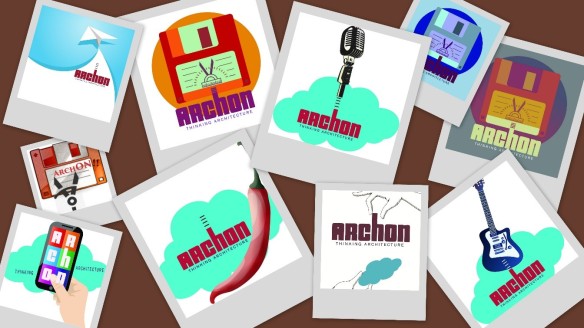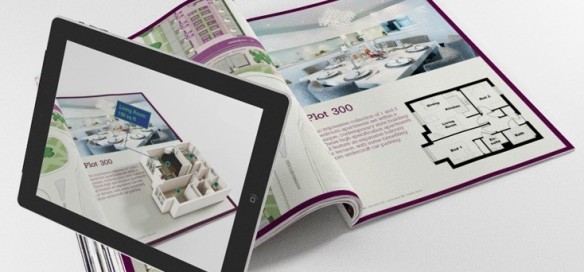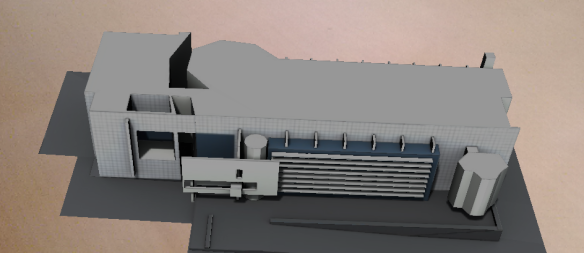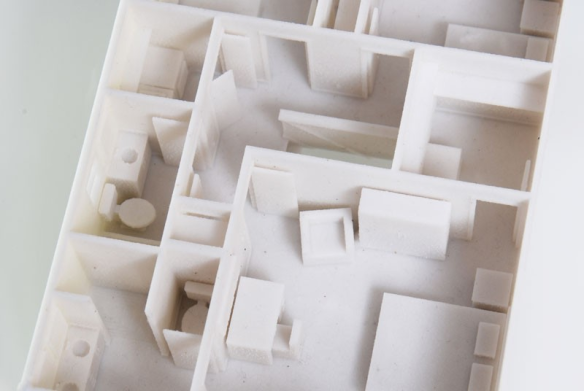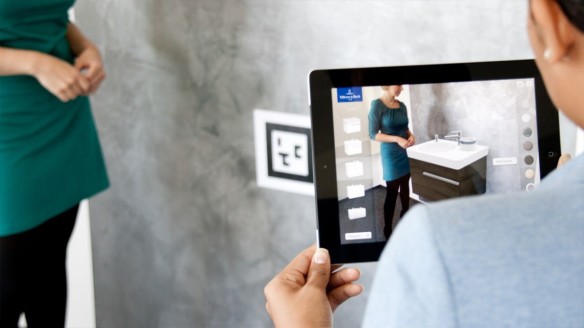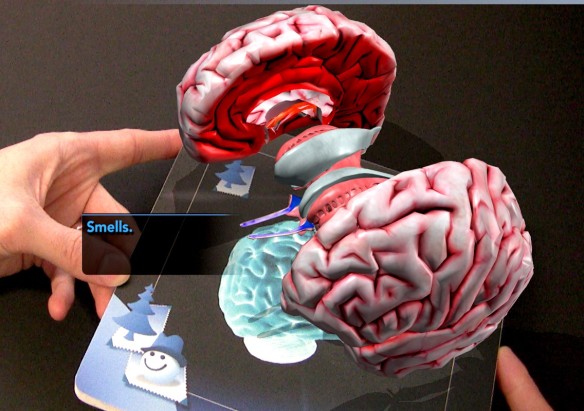What drives innovation? Is it business? Is it opportunity? Is it need? Is it challenges? I believe Architects love to solve problems, provide a vision for growth, mitigate issues, drive business change, rethink legacy and create a new. PASSION to create is what drives innovation. ARCHON is an initiative created by me, to try and ensure all the enthusiastic architects live their passion during this event. First EVER global Architecture Hackathon event
Introduction
ARCHON is a week-long Architecture Hackathon, with participants from across the globe. The event was physically conducted in India – Bangalore, Pune and Russia – Nizhny Novgorod. Our organization comprises of multiple business units (BU). The teams were hence formed ensuring that each team has at least one representative of each BU. BU represents expertise in areas such as Embedded programming, Cloud, Web and Analytics etc. The Hackathon challenge comprises of each of these aspects and more such as Predictive analytics, usage of NOSQL/Big Data, Multi Tenancy, Augmented Reality, 3D Printing, Crowd sourcing, Machine Learning, Gamification etc. An event which provided opportunity to meet folks from different BU’s, to collaborate, to get to know each other, to get out of their comfort zone, to know what other BU’s are doing, insightful opportunity to learn and all in a quick and fun way.
The event was distributed in to 3 weeks. A week for Bangalore, a week for Pune and a week for Russia. 5 teams in each location battle it out. A total of 15 teams. Lot of passionate folks showed interested in participating in the event. The event was hosted in Yammer. All interested folks were requested to fill out a profile and register for the event.
Challenging problem statements were shared on Monday, with a requirements elaboration session on Wednesday and a final presentation on Friday.
Bangalore problem statements
Pune problem statements
Russia Problem statements
- cSRwe (Pronounced as “Serve”)
- DocByYou
- Safesors
- Seeory
- ViewDPrint
Global winners and runners were also selected.
Expected 5 teams in each location with about 5 members in each location. However when yammer was opened up, the response was so overwhelming that the event had to be opened up for individuals as well.
What goes on to create an Event:
Lots!! ! To say the least.
- Planning the event
- Budgeting and getting approvals.
- Sharing the plan and Evangelizing
- Reach out to BU heads – Evangelizing the event with them. Ensuring they encourage team members.
- Choosing exiting name for the event
- Creating Posters
- Creating a Logo
- Creating a tag line
- Creating and managing rules
- Marketing the event – Emails, Flyers, discussions, floor walks, Ask Me Anything sessions, large banners, teasers, Evangelizing, Evangelizing and Evangelizing
- Rule Book
- Creating meeting request
- Blocking people’s calendars.
- Video Conference
- Lync
- Meeting rooms
- T-Shirts – finalize T-Shirt designs (2 – One for Judges and one for participants)
- Traveling – Carrying T-Shirts along, creating e-sugam certificates etc for out of country travel.
- Email reminders – creating the content for the same
- Ensuring that the reminders are scheduled to be sent well in advance – approvals for the same
- Announcements – Creating the content for the same.
- Identifying passionate folks who can Evangelize with you
- Identifying judges for the event
- Creating Evaluation criteria
- Using Social media – Yammer to further advertise
- Encouraging teams to use Yammer
- Creating teams – Ensuring the teams are well distributed
- Go through each profile, assess them for completeness, ensure that the teams are well rounded based on the skills provided in the profiles.
- Making sure that the teams are evenly placed. Getting backups as needed or sourcing more help.
- Getting the teams together – enabling and ensuring collaboration
- Identifying team leads – ensure that teams are comfortable
- Collecting feedback
- Collating the feedback
- Media – Photographs, Video coverage
- Creating solution templates
- Creating IT principles that the teams needs to abide by
- Creating challenging problem statements
- Judging the event
- Providing feedback to each team/members
- Conducting requirements elaboration sessions
- Thanks you Emails.
- Prize selection and distribution – coordinating all of that
Logo
Working way through lots and lots of ideas.
Finally decided on 2
Evaluation Criteria
T-Shirt
Posters
Feedback Forms
IT Principles
Rule Book
Judges:
Participants:
Audience:
While I wonder, if the event was inspirational? Triggered creativity? Stimulated the Passion?
While I Retrospect the Event, I pause and smile reading at some of the feedback:
Excellent event and a great job – Igor Karpunin
Exciting tasks – Alexey Soloviev
It was Fun J , I like the way of measuring solution correctness – Mikhail Limanskiy
Good atmosphere, Great T-Shirts, A lot of new technologies highlighted – Artem Gorokhov
It demonstrates and highlights capabilities of some engineers to come up with good solutions in areas where they are not experts, Opportunity to recognize new talents – Sergey Ziborov
Event ROCKS ! – Vyacheslav Kormushkin
Keep going – Boris Tarasulla
Learned about new technologies – Shinoj Bhaskaran
Waiting for the next event ! ! – Shinoj Bhaskaran
Great Initiative – Asha Hegde
Overall wonderful experience and looking forward for more events like this – Asha Hegde
Suggest to carry out this event twice a year, the presentation could be extendable as artifacts – Rajesh Shenoy
Good forum to interact, learnings in contemporary technologies – Rajesh Shenoy
I Liked and Enjoyed the event – Prasanna Hiremath
Great Job! ! – Srinivas Kudva
The Challenge to create whole eco system based on problem statement – Ganesh Mali
Entire Session was very good – Kiran B Shelke
The topics were interesting – Smita Pawar
Good one, keep it up – Nitin Jadhar
Thanks for opportunity looking for more events like this – Ganesh Mali
Helps immensely to improve on new technologies – Neerav Shah
THANK YOU ! ! !

